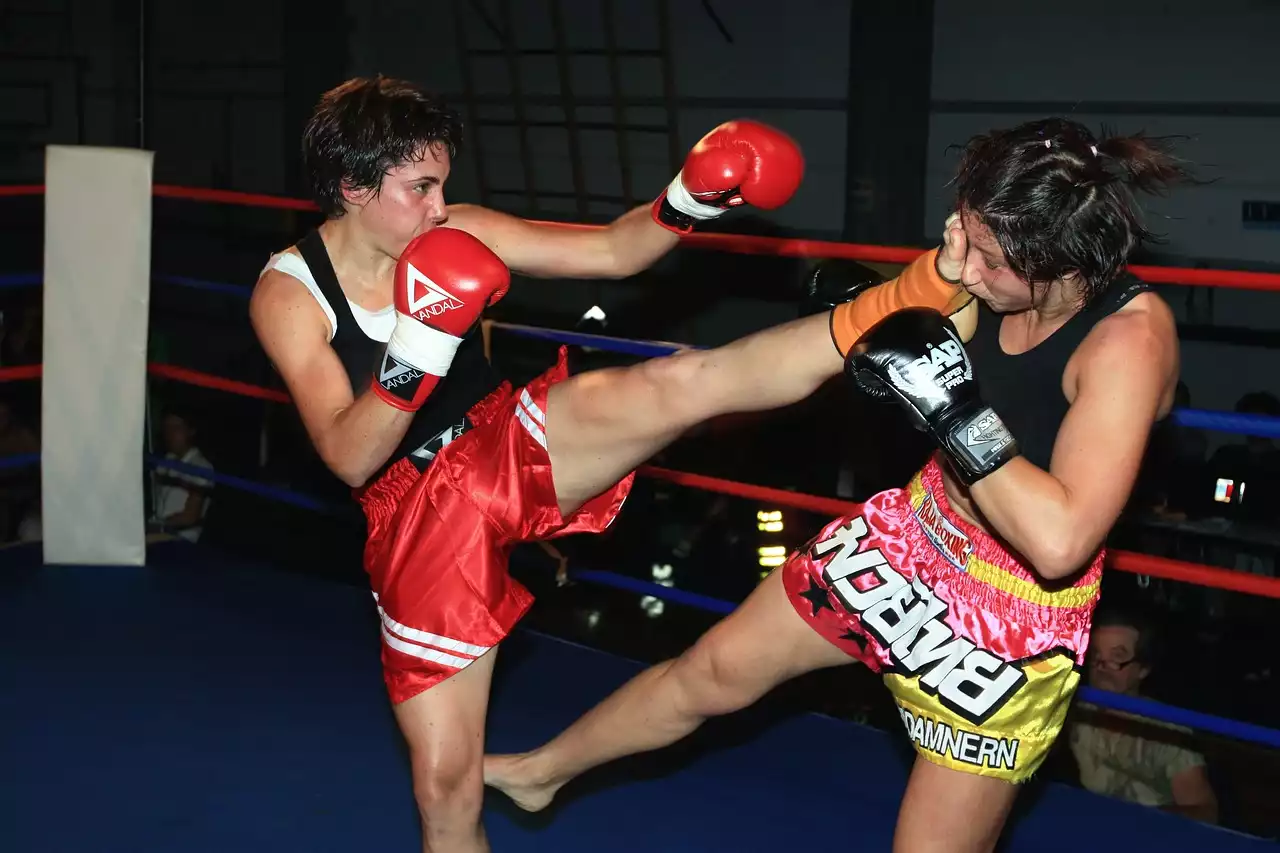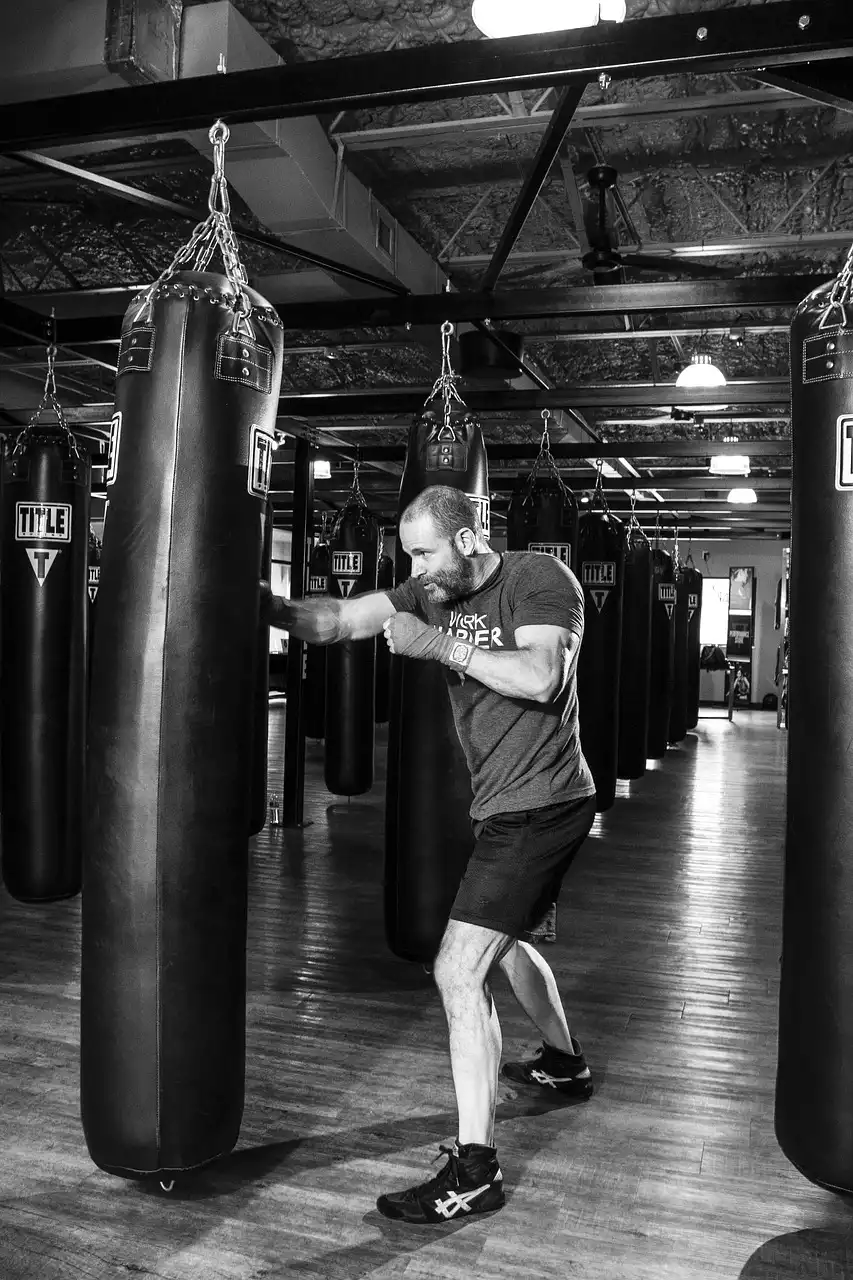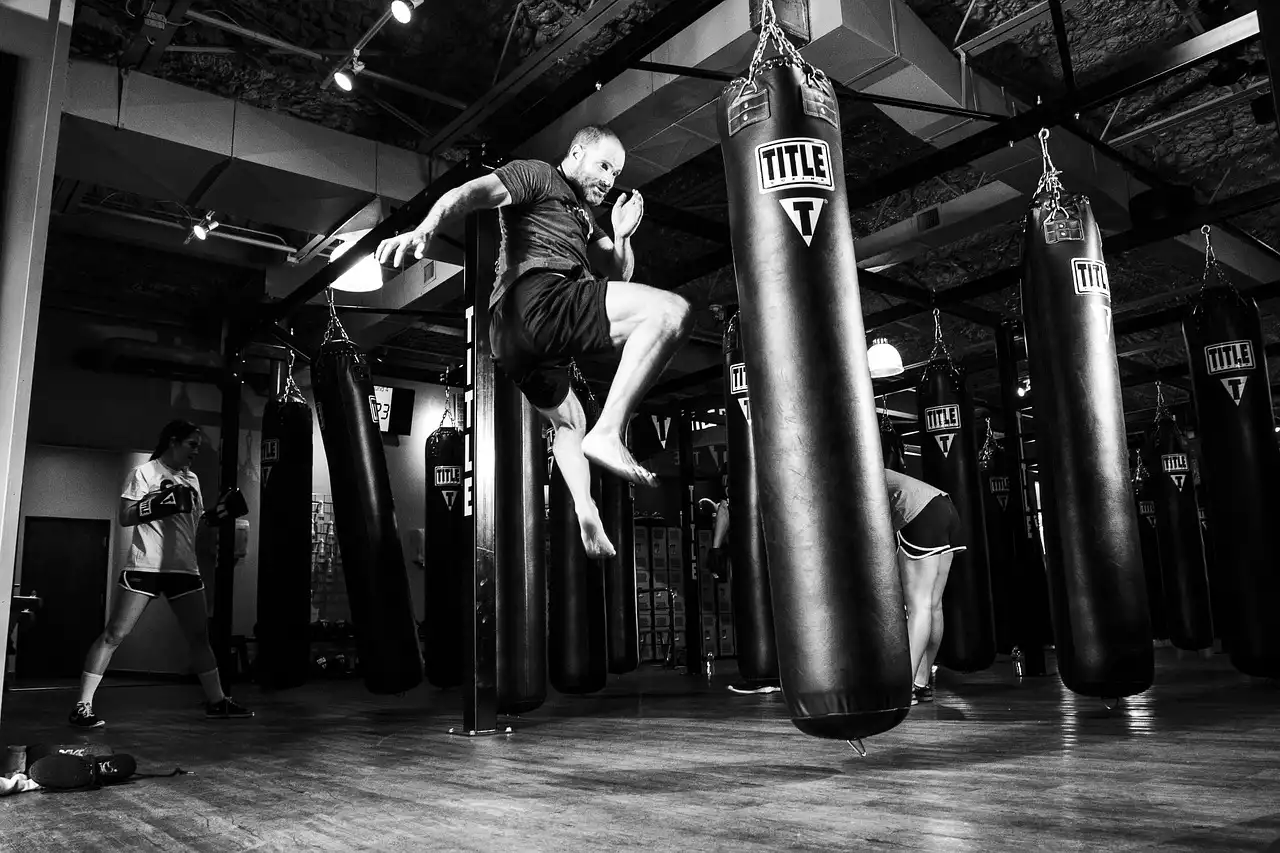Full-contact kickboxing competitions
Full-contact kickboxing is the most intense form of kickboxing competition. In this type of competition, fighters are allowed to use all of their techniques, including punches, kicks, knees, and elbows, to deliver powerful strikes to their opponents. Fighters wear protective gear, including gloves, shin guards, and headgear, but the goal is still to knock out or submit your opponent.
Full-contact kickboxing is not for the faint of heart. It requires a high level of skill and conditioning, as well as the ability to take and deliver powerful strikes. Fighters who compete in full-contact kickboxing must be prepared to go all out and give it their all in the ring.
While full-contact kickboxing may be too intense for some, it can be an incredibly rewarding experience for those who are up for the challenge. Fighters who compete in this type of competition often develop a deep sense of respect for their opponents and the sport itself.
Semi-contact kickboxing competitions
Semi-contact kickboxing is a less intense form of kickboxing competition that places more emphasis on technique and skill than sheer power. In this type of competition, fighters are only allowed to use light strikes on their opponents, to score points rather than knocking out or submitting their opponents.
Semi-contact kickboxing is a great option for those who are just starting in the sport or who prefer a less intense form of competition. It's also a great way to improve your technique and get a feel for the sport without risking injury.
While semi-contact kickboxing may not be as intense as full-contact kickboxing, it still requires a high level of skill and conditioning. Fighters must be able to move quickly and strike with precision to score points and outmaneuver their opponents.
Light-contact kickboxing competitions
Light-contact kickboxing is similar to semi-contact kickboxing in that it places more emphasis on technique and skill than sheer power. However, in light-contact kickboxing, fighters are allowed to use slightly more force than in semi-contact kickboxing, to score points rather than knocking out or submitting their opponents.
Light-contact kickboxing is another great option for those who are just starting in the sport or who prefer a less intense form of competition. It's also a great way to improve your technique and get a feel for the sport without risking injury.
While light-contact kickboxing may not be as intense as full-contact kickboxing, it still requires a high level of skill and conditioning. Fighters must be able to move quickly and strike with precision to score points and outmaneuver their opponents.
International kickboxing competitions
International kickboxing competitions are a type of kickboxing competition that brings together fighters from all over the world to compete against one another. These competitions often feature a variety of styles, including full-contact, semi-contact, and light-contact kickboxing.
International kickboxing competitions are a great way to experience different styles of kickboxing and to compete against fighters from different backgrounds and cultures. They can also be a great way to showcase your skills and gain exposure to the sport.
However, international kickboxing competitions can be incredibly intense and require a high level of skill and conditioning. Fighters who compete in these competitions must be prepared to go all out and give it their all in the ring.
Comparison of the different types of kickboxing competitions
Each type of kickboxing competition has its own set of rules and regulations, as well as its level of intensity. Full-contact kickboxing is the most intense form of competition, while semi-contact and light-contact kickboxing are less intense and focus more on technique and skill.
International kickboxing competitions bring together fighters from all over the world and feature a variety of styles, making them a great way to experience different forms of kickboxing and compete against fighters from different backgrounds and cultures.
When choosing a type of kickboxing competition, it's important to consider your skill level and goals. Full-contact kickboxing may be too intense for some, while semi-contact and light-contact kickboxing are great options for those who are just starting or who prefer a less intense form of competition.
Choosing the right kickboxing competition for your skill level and goals
When choosing a kickboxing competition, it's important to consider your skill level and goals. If you're just starting in the sport, then semi-contact or light-contact kickboxing may be the best option for you. These types of competitions are less intense and focus more on technique and skill, allowing you to hone your skills and gain experience without risking injury.
If you're a more experienced fighter, then full-contact kickboxing may be the right choice for you. This type of competition requires a high level of skill and conditioning, but it can be incredibly rewarding for those who are up for the challenge.
International kickboxing competitions are a great option for those who want to experience different styles of kickboxing and compete against fighters from different backgrounds and cultures. However, these competitions can be incredibly intense and require a high level of skill and conditioning.









